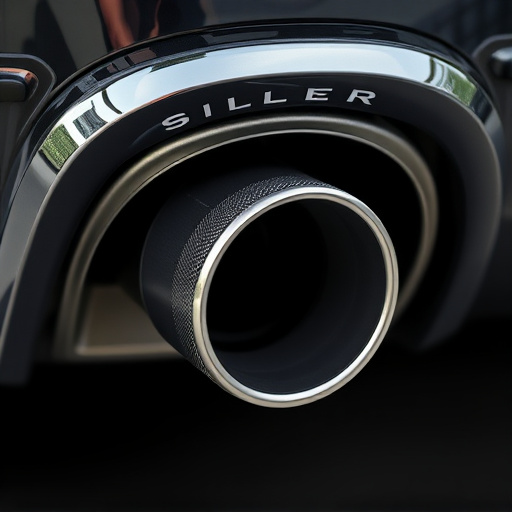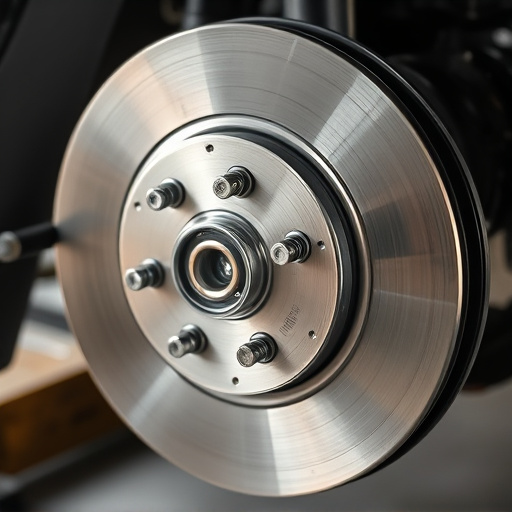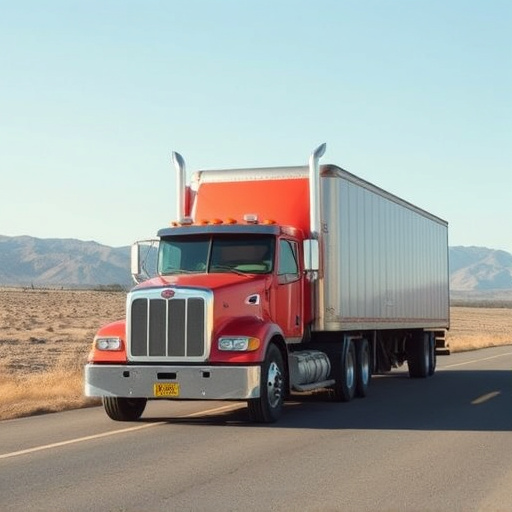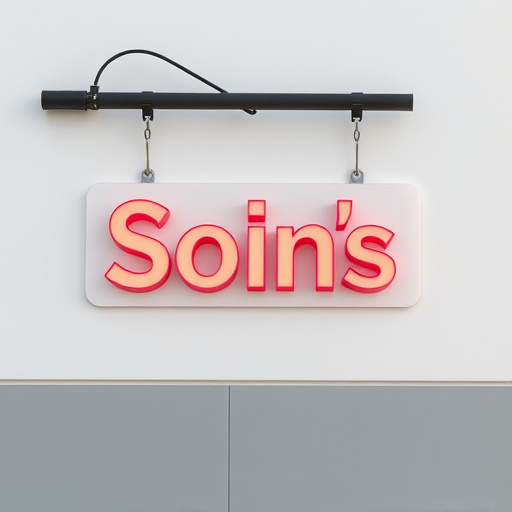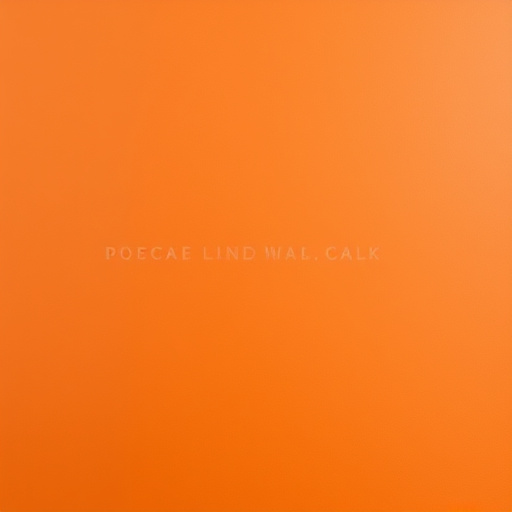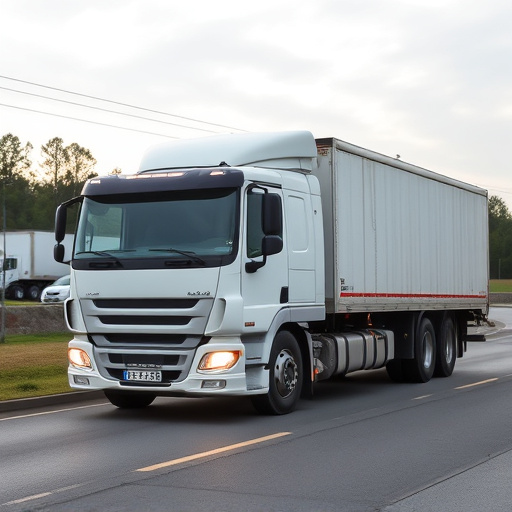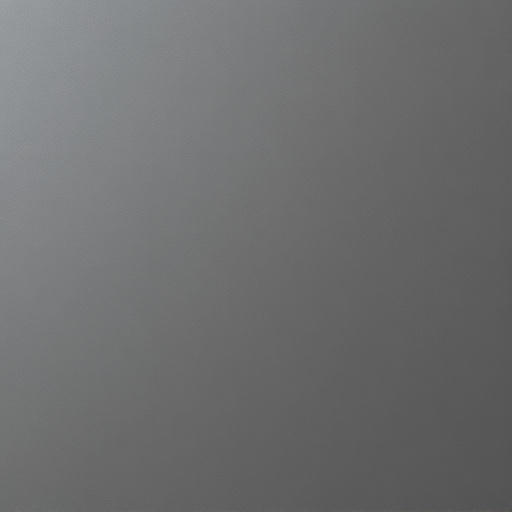Ceramic coatings, made with advanced ceramic powders and resins, offer superior protection for cars, outperforming traditional waxes against scratches, stains, UV rays, and chemical damage. The meticulous application process involves cleaning, degreasing, sanding, removing contaminants, distributing the coating, and curing it. The result is a sleek, protective layer that enhances aesthetics and durability, requiring minimal maintenance. Skilled professionals use ceramic coating technology for optimal vehicle detailing and wraps.
Dive into the fascinating world of ceramic coating application, a revolutionary technology transforming various industries. This article unravels the science behind this innovative process, exploring its materials and composition, application techniques, and the myriad benefits it offers. We’ll also shed light on the challenges, providing an all-encompassing guide to understanding ceramic coating application. Discover how this technology is redefining protection and enhancement for surfaces across sectors.
- Understanding Ceramic Coating Materials and Composition
- The Application Process: Techniques and Tools
- Benefits and Challenges of Ceramic Coating Technology
Understanding Ceramic Coating Materials and Composition
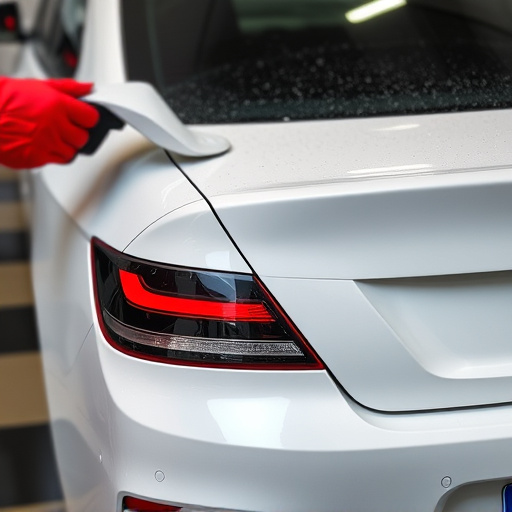
Ceramic coatings are composed of advanced materials that offer exceptional protection for various surfaces. These coatings typically consist of fine ceramic particles mixed with resins and additives to create a durable, glossy finish. The key component is ceramic powder, which provides the coating with its unique properties. This powdery substance is often made from natural clay minerals or synthetic compounds, ensuring it can withstand extreme temperatures and environmental conditions.
When applied to surfaces like cars, ceramic coatings act as a protective barrier against scratches, stains, UV rays, and even chemical damage. Unlike traditional waxes and polishes, which offer temporary protection, ceramic coatings are designed for longevity. They also enhance the appearance of vehicles, providing a glossy, smooth finish that complements custom designs, such as vinyl wraps or even ceramic window tinting, an essential part of car customization.
The Application Process: Techniques and Tools
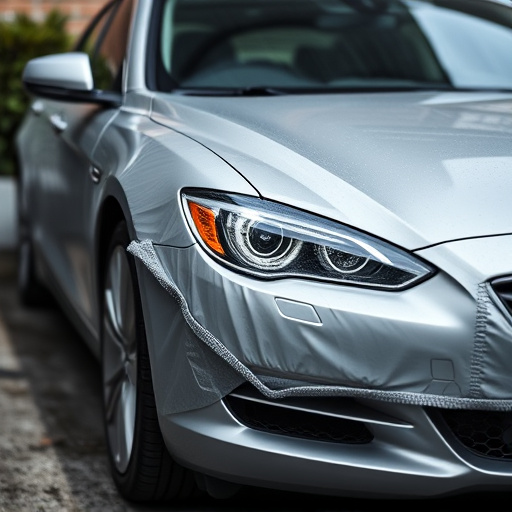
The application process for ceramic coating involves a series of precise steps to ensure optimal adhesion and durability. This typically starts with thorough surface preparation, which includes cleaning, degreasing, and sanding to create a rough texture that enhances bonding. Special care is taken to remove any contaminants or defects on the surface, as these can compromise the integrity of the final coat.
Once the substrate is ready, a combination of techniques and tools are employed. These may include air or spray applicators for evenly distributing the ceramic coating material. The use of heat sources, like blow dryers or heating pads, aids in curing the coating, ensuring it forms a strong barrier against elements such as UV rays and heat rejection. This process culminates in a sleek, protective layer that not only enhances the aesthetic appeal of vehicles but also offers superior durability compared to traditional vinyl wraps or custom vehicle wraps.
Benefits and Challenges of Ceramic Coating Technology
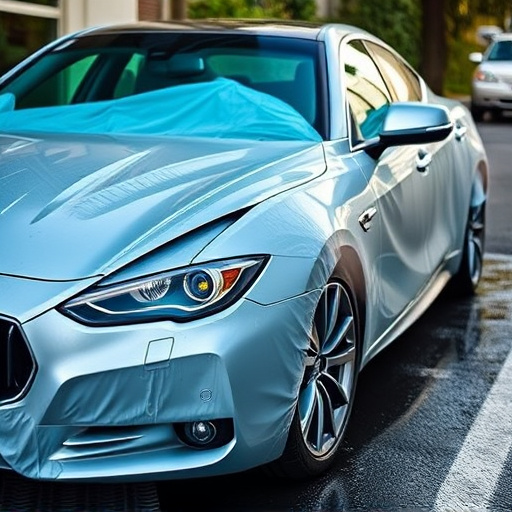
Ceramic coating technology offers a multitude of benefits for various applications, especially in the realm of automotive detailing and vehicle wraps. It provides an advanced protective layer that enhances the exterior finish of cars, trucks, and other vehicles. This innovative process involves applying a thin, durable ceramic film that bonds directly to the surface, creating a seamless barrier against environmental factors like UV rays, acid rain, and bird droppings. The result is a gleaming, scratch-resistant surface that requires minimal maintenance, preserving the vehicle’s original appearance for extended periods.
Despite its advantages, ceramic coating technology also presents certain challenges. The application process demands precision and expertise, as improper techniques can lead to bubbles, visible lines, or an uneven finish. Additionally, while ceramic coatings are highly resistant to typical forms of damage, they may not protect against deep scratches or extreme conditions like chemical splashes or heavy abrasions. Therefore, understanding the science behind this technology is crucial for both professionals in automotive detailing and enthusiasts exploring vehicle wraps, enabling them to make informed decisions and achieve optimal results.
Ceramic coating technology has emerged as a game-changer in various industries, offering durable protection and enhanced aesthetics. By understanding the science behind its materials, application process, and benefits, we can appreciate why ceramic coating application is becoming increasingly popular. As this technology continues to evolve, it promises to revolutionize surface protection, making it an exciting area of innovation for years to come.






